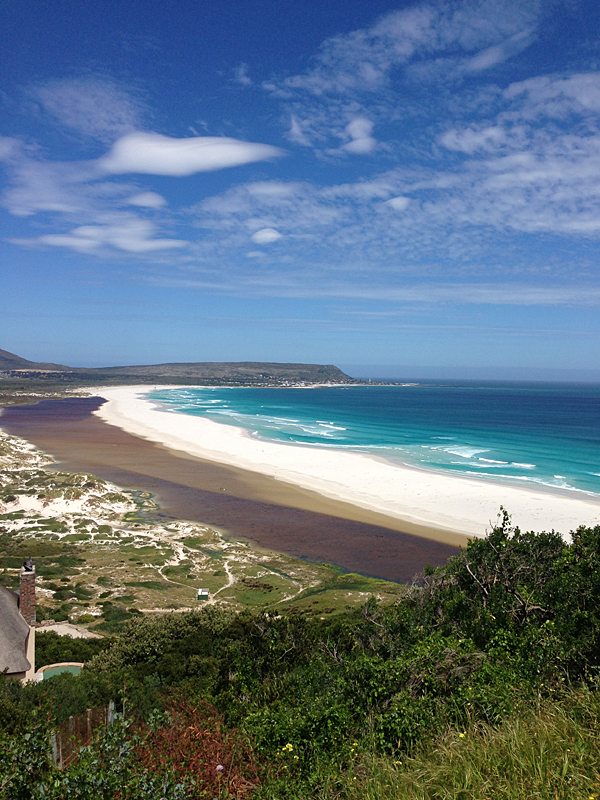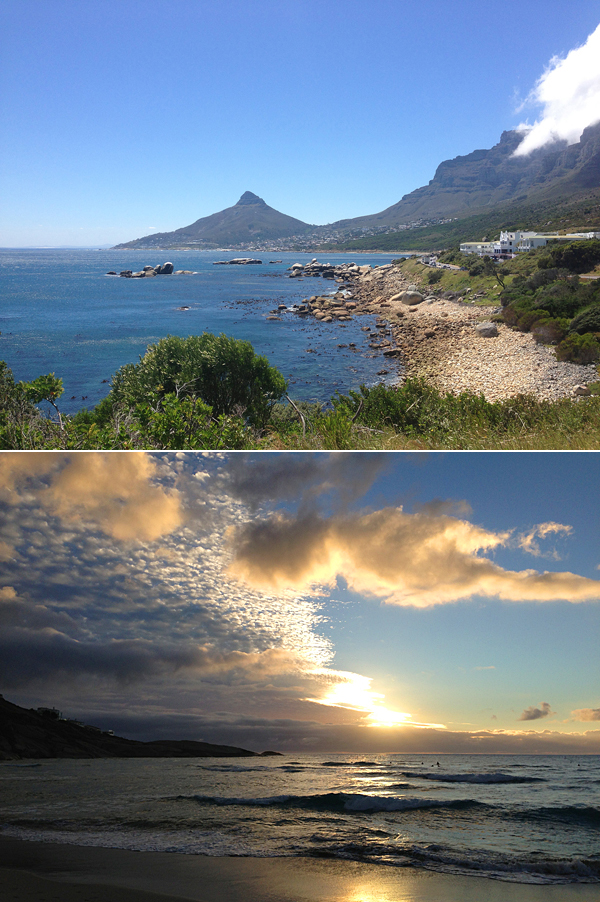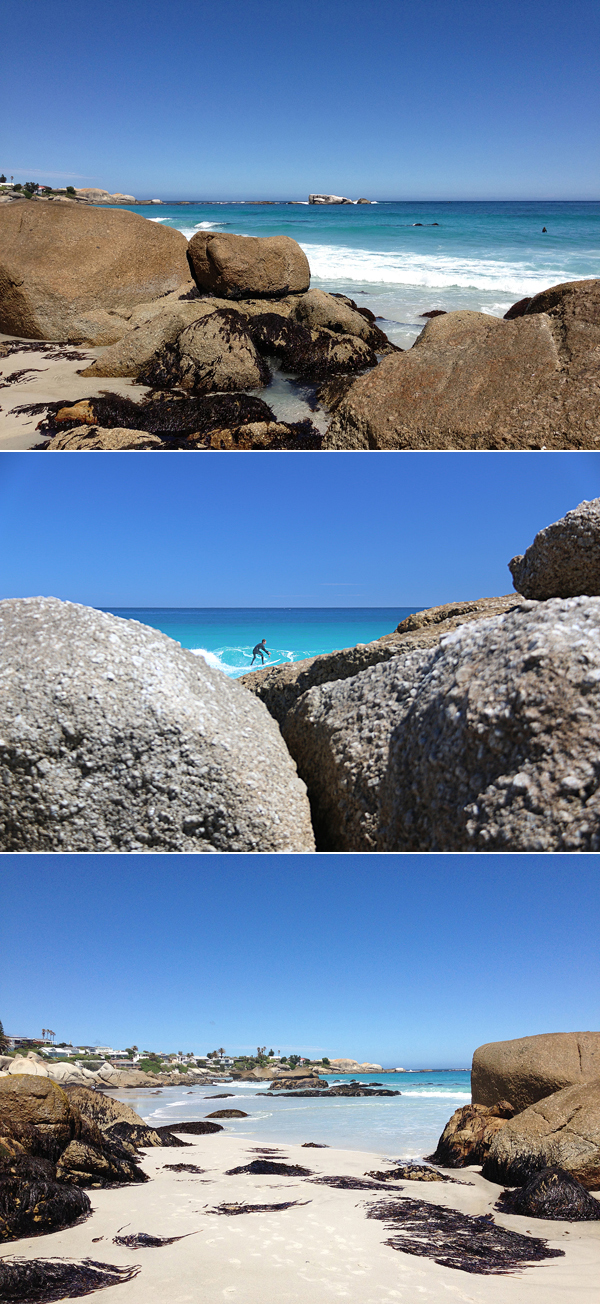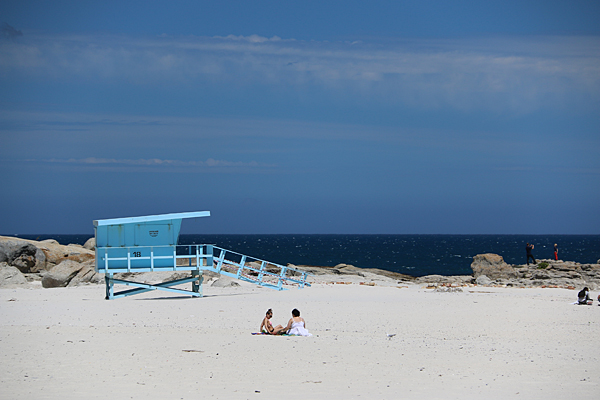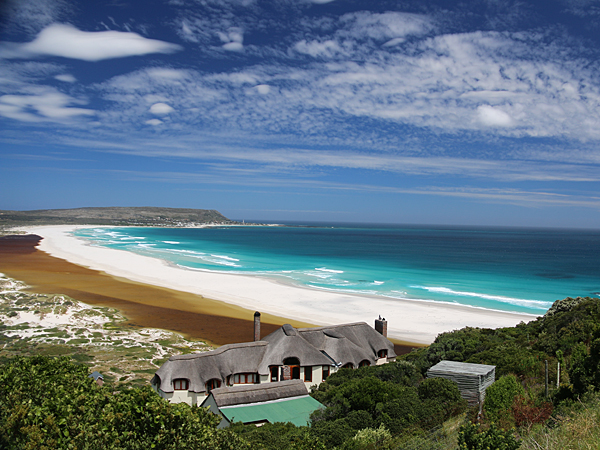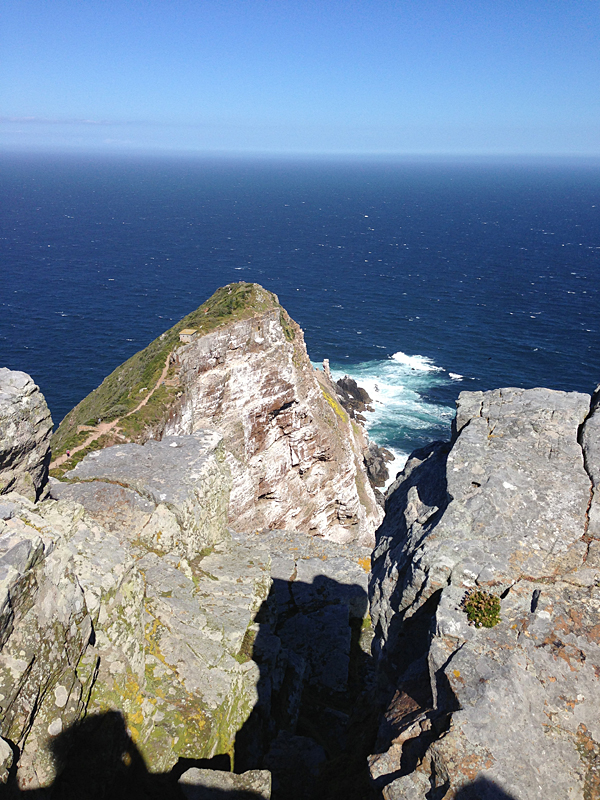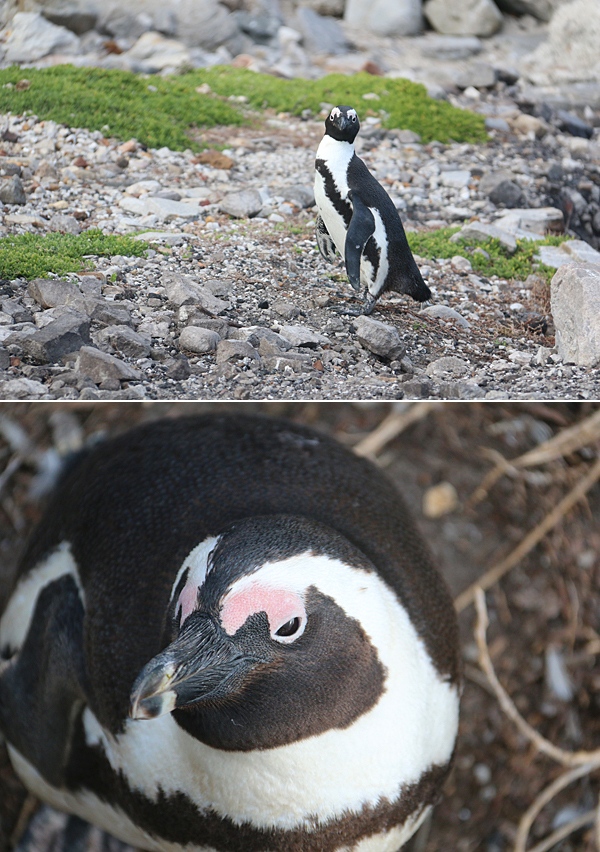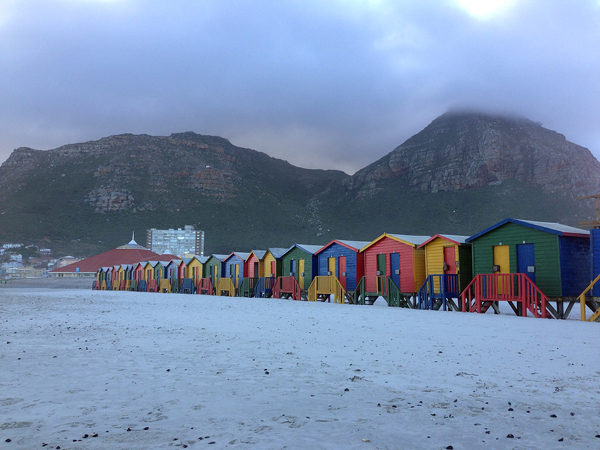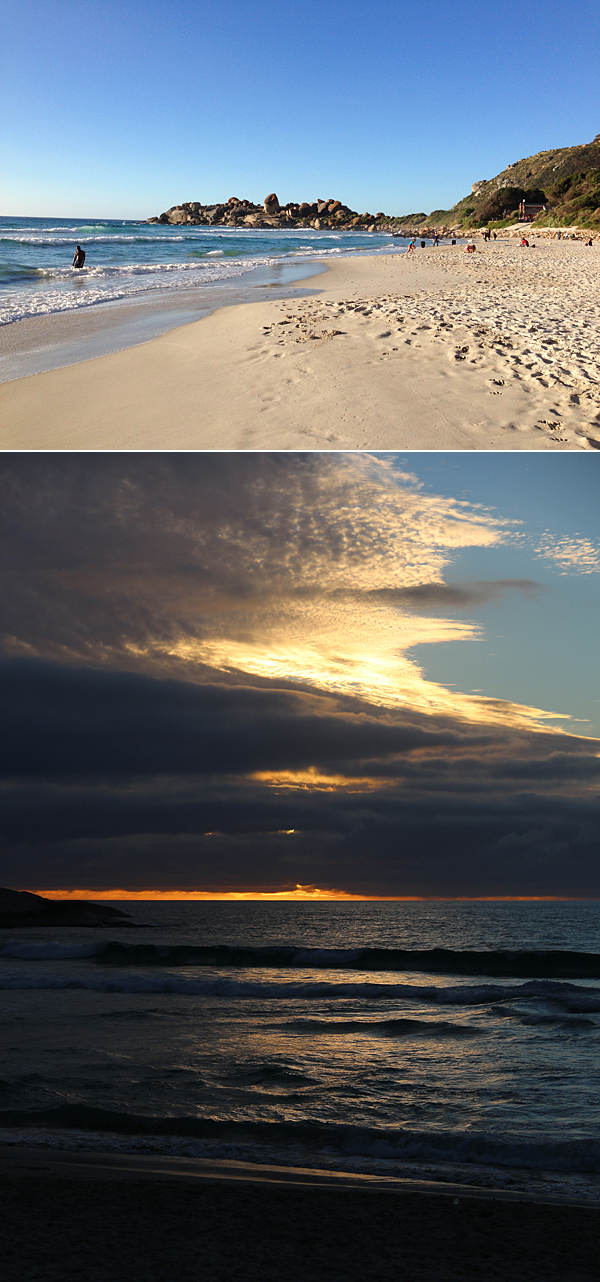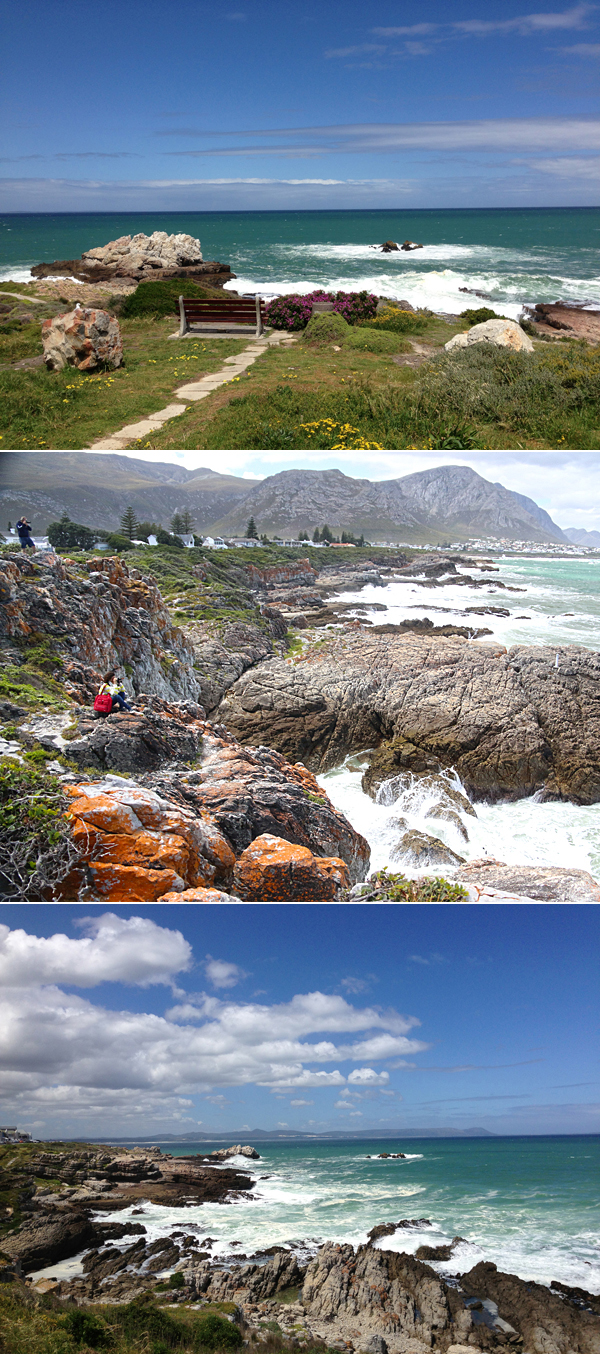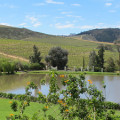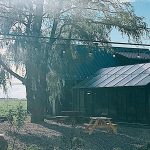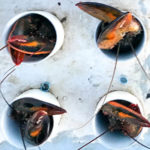It seems like for the past few months, South Africa – and more specifically Cape Town – has been on everyone’s list. Friends, fellow travelers, travel sites and the New York Times have listed the southern-most country in Africa as the next must-see destination. After having visited this past October, I can say without the shadow of a doubt that the country in general and Cape Town in particular are now among my favourite places in the world and ones that I highly recommend.
I have rarely seen more beautiful beaches and such a rugged and ever changing coastline. From whale watching in Hermanus, about 90-minutes from Cape Town, to a close encounter with cute African penguins at Boulders Beach to the breathtaking beach of Noordhoek and the impressive views from Cape Point, driving along the coast is a must and can easily be done in a day or two.
CLIFTON BEACH, CAMPS BAY & HOUT BAY HARBOUR:
We started our trip by driving to Cape Town’s closest and most popular beaches of Clifton Beach and Camps Bay from which we got a great view of Table Mountain, Lion’s Head and the gorgeous mansions that dot the coast. We spent some time watching the surfers take on the impressive waves but didn’t dare take to the frigid waters ourselves. We then kept driving south until we arrived at Hout Bay Harbour, a great little stop with a few shops and cafés ideal for lunch with a view of the harbour.
NOORDHOEK:
Just a little bit further south is Noordhooek, which I had seen a photo of in Cereal magazine and wanted to visit. It is easily one of the longest and most beautiful beaches I’ve ever seen and is dotted with what we dubbed “hobbitses” homes that are visible from the road above. It also makes for a great lunch stop and horseback ride on the beach if one is so inclined, but we had to keep going.
CAPE POINT:
After lunch at Noordhoek, we kept driving down along the coast until we arrived at Cape Point at the very tip of the Cape Peninsula. Cape Point is located within the Cape of Good Hope National Reserve, which in turn falls within the Cape Floral Region, a World Heritage Site and one of the richest areas for plants in the world and home to 20% of Africa’s flora. The park also counts many species of birds and animals as residents, including antelope, ostrich, baboons and many reptiles. There are many things to do and see in Cape Point but our time was limited so we took the Flying Dutchman funicular all the way to the top, just below the lighthouse, the most powerful one on the South African coast. From there, the 360-degrees dizzying views of the rocky coast below are breathtaking and not for the faint of heart!
BOULDERS BEACH:
We continued our drive up the eastern coast of the Cape Peninsula to Simon’s Town and Boulders Beach where we came in close contact with a large colony of African penguins. The 3000 or so penguins that live there are used to humans and we walked among them using the wooden boardwalk that zigzags along the water. Although the smell can be a bit too much at times, watching the babies, moulting adults and all-around wobbly and cute individuals is definitely worth it and a lot of fun. We didn’t do so but one can even swim with them and share their little parcel of sandy beach.
MUIZENBERG:
We didn’t spend a lot of time in Muizenberg, just long enough to take a short walk on the deserted beach in the late-afternoon sun and take a photo of the colourful little cabanas that dot its beach. I had seen a photo of them in my research and wanted to see them for myself. They are just as beautiful in real life and I imagine spending the day on this beach with these cabanas as a background can be very enjoyable indeed.
LLANDUDNO:
On your way back to Cape Town, we ended our day at Llandudno beach, a small but gorgeous little bay where families, surfers, kids and dogs unite in a beautiful collage. We sat on the rocks on one side of the beach and watched the sun sink into the sea in a dramatic flare of colour and light.
HERMANUS & BETTY’S BAY:
Hermanus is about an hour and half drive from Cape Town. The lovely little coastal town can actually be a day trip on its own or part of a trip to the Western Cape wine country. Hermanus has been recognized by the World Wildlife Fund (WWF) as “one of the 12 best whale watching destinations in the world”. The town has a lovely natural path that stretches from one end of it to the other all along the coast. Take a walk on that path to watch the Southern Right Whales frolic in the water (the peak watching season is from June to November), sometimes just a few meters from the shore. If you want a better view, don’t forget to bring a pair of binoculars with you. On our way back into Cape Town from Hermanus, we stopped by Betty’s Bay where another colony of African penguins is established.
Don’t forget to check out my other articles on South Africa here as well as my Google Map of the Western Cape region and all the places I visited while there and stay tuned for my next blog post on what to do and where to eat in Cape Town!


